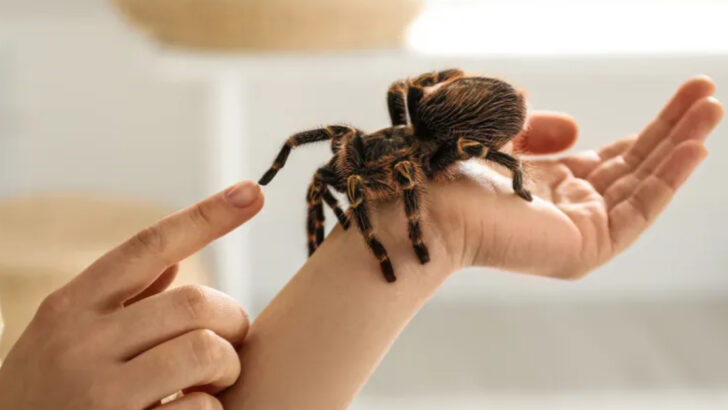Owning a tarantula can be both intriguing and rewarding, especially for first-time owners.
These fascinating creatures require specific care to thrive, and understanding their unique needs is crucial.
In this guide, we’ll explore 12 essential tips to help you provide the perfect environment and care for your tarantula.
Each section offers insights into different aspects of tarantula ownership, from habitat setup to feeding routines.
Whether you’re captivated by their mysterious allure or simply seeking a low-maintenance pet, these tips will ensure a fulfilling experience for both you and your tarantula.
Understanding Tarantula Behavior
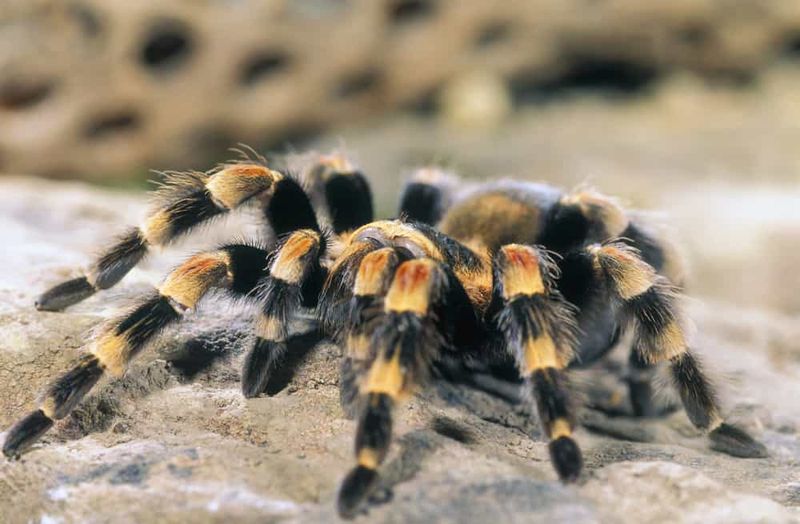
Tarantulas are curious yet solitary creatures, preferring to explore their surroundings on their terms. Observing their behavior can be fascinating, revealing patterns unique to each species.
While they may seem intimidating, tarantulas are generally not aggressive unless provoked. Understanding their demeanor helps in creating a stress-free environment.
By respecting their space and allowing them to act naturally, you can form a connection with these intriguing arachnids. Such insight into their behavior ensures a peaceful coexistence, making tarantula ownership a rewarding journey.
Choosing the Right Enclosure
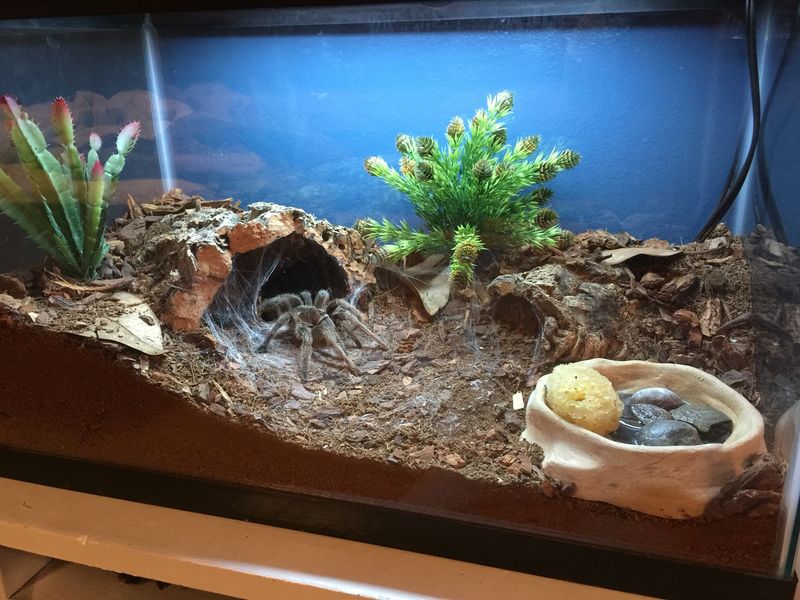
Selecting an appropriate enclosure is vital for your tarantula’s well-being. It should mimic their natural habitat, providing both hiding spots and open areas for exploration.
Size matters; too large an enclosure may overwhelm them, while too small can restrict their movement. Ventilation is crucial, ensuring fresh air circulation to maintain a healthy environment.
By carefully planning the enclosure’s design, you’ll create a comforting home that fosters natural behavior, promoting a sense of security and contentment for your tarantula.
Maintaining Ideal Temperature and Humidity
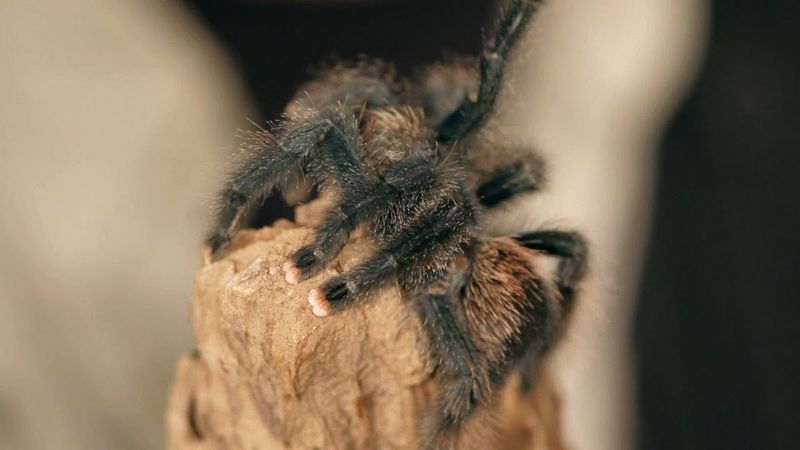
Tarantulas thrive in specific temperature and humidity ranges, depending on their species. Properly monitoring these levels is essential for their health and comfort.
Utilize reliable tools like digital thermometers and hygrometers to track conditions, making adjustments as needed.
Balancing these factors helps prevent stress and illness, supporting a robust immune system. By replicating their natural climate, you’ll provide a nurturing environment that encourages well-being and vitality in your tarantula, ensuring a happy and long-lived pet.
Feeding Practices and Diet
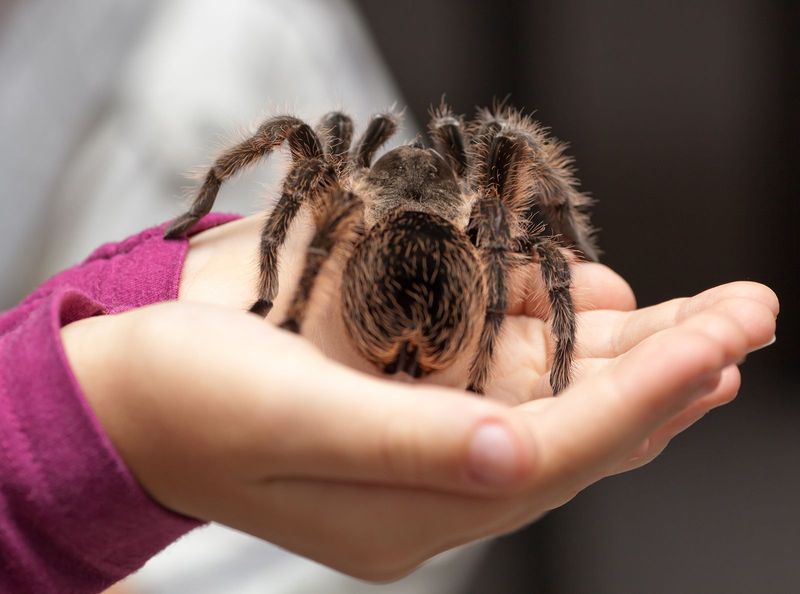
Feeding your tarantula is an intriguing aspect of its care, reflecting its predatory instincts. Live insects like crickets and mealworms are staple diets, providing necessary nutrients.
Feed them appropriately-sized prey, ensuring they can easily consume it. Monitor feeding schedules, usually weekly, to prevent overfeeding.
Providing a varied diet enhances their health, supporting growth and vitality. Watching their hunting prowess can be both educational and entertaining, offering a glimpse into their wild nature as you nourish them properly.
Handling Your Tarantula with Care
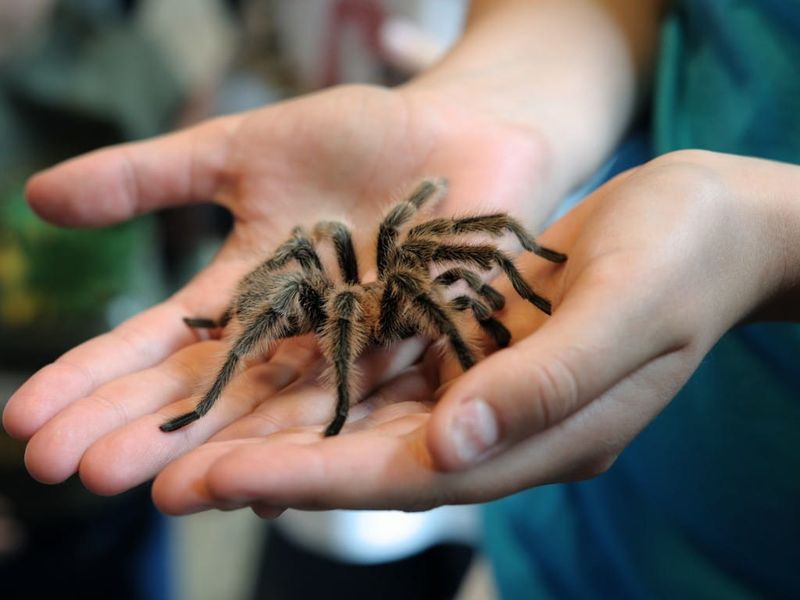
Handling tarantulas requires patience and careful technique. Though they may appear intimidating, gentle handling can build trust and ease their stress.
Always approach with calmness, letting them crawl onto your hand willingly. Avoid sudden movements to prevent startling them.
Some tarantulas prefer minimal contact, so respecting their comfort level is key. This approach fosters a harmonious relationship, allowing you to appreciate their unique characteristics while ensuring their safety and well-being.
Recognizing Signs of Stress and Health Issues
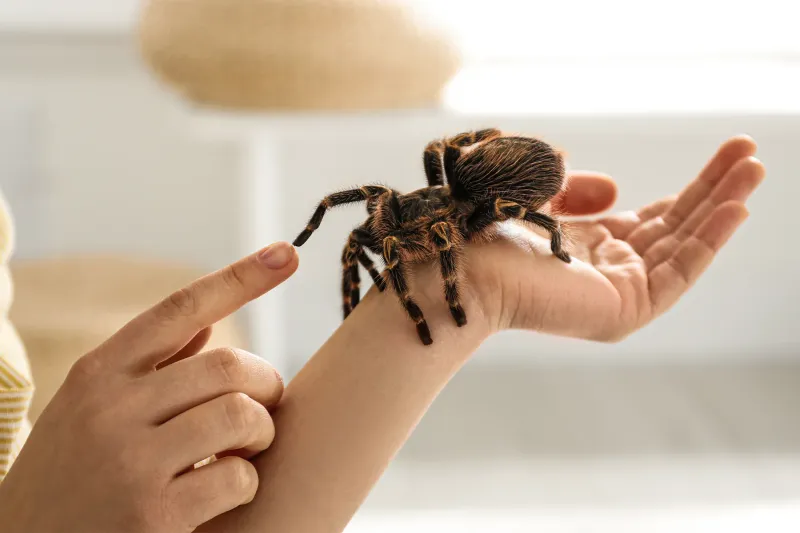
Recognizing stress and health issues in tarantulas is crucial for timely intervention. Signs like excessive hiding, loss of appetite, or unusual behavior need attention.
Observe the tarantula regularly, noting any changes in appearance or activity. Consult a veterinarian if concerns arise.
Being proactive in identifying problems ensures early treatment, promoting recovery and overall health. By staying attentive, you create a supportive environment that allows your tarantula to thrive, reflecting your commitment to their well-being.
Environmental Enrichment and Stimulation
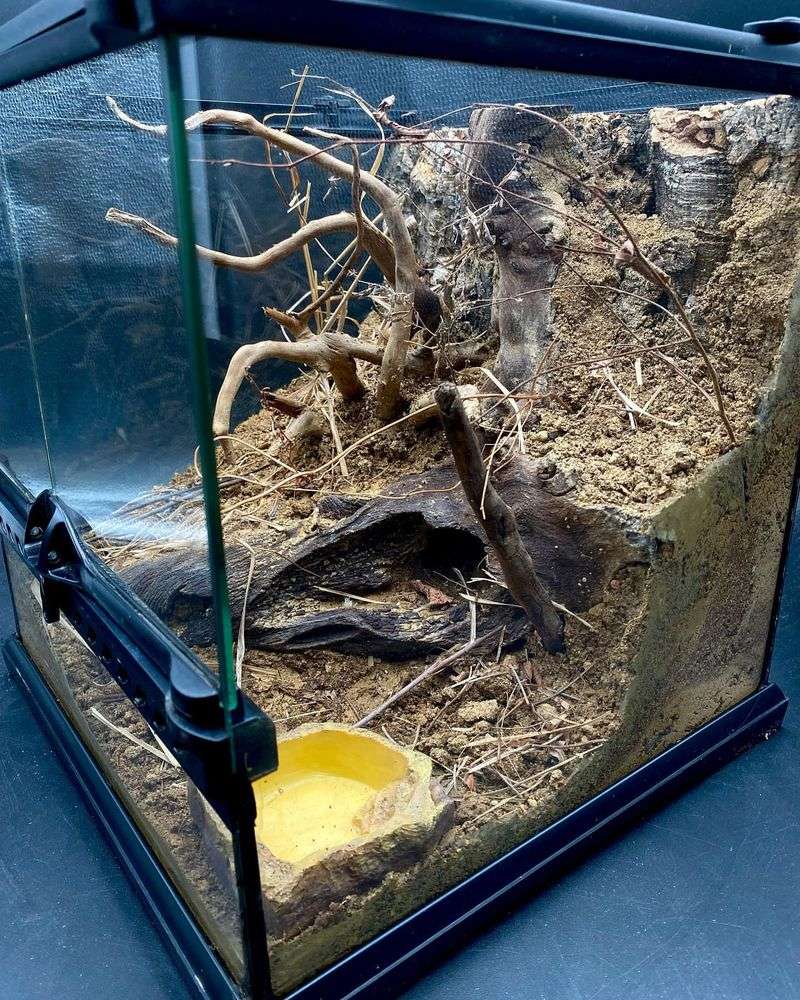
Tarantulas benefit from environmental enrichment, encouraging natural behaviors and mental stimulation. Simple additions like branches, leaves, and textured surfaces offer exploration opportunities.
Rotating these elements keeps their environment dynamic, preventing boredom and promoting curiosity.
Engaging their senses enhances their quality of life, reflecting their instinctual need to interact with their surroundings. Such thoughtful enrichment contributes to both physical and mental well-being, creating a fulfilling habitat for your tarantula.
The Molting Process and Care
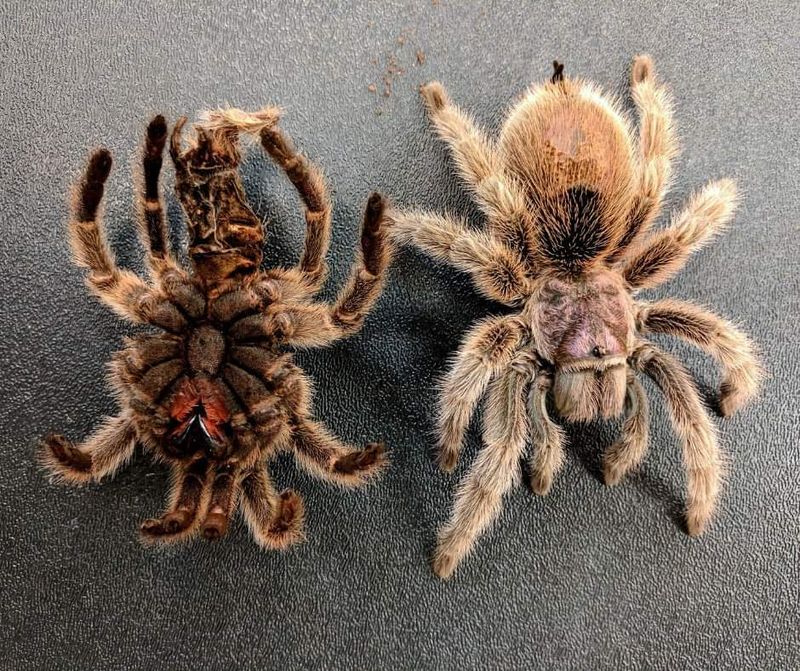
Molting is a critical phase in a tarantula’s life, marking growth and renewal. They shed their exoskeleton, requiring a safe, undisturbed space during this vulnerable time.
Observe signs of an impending molt, like reduced feeding and lethargy. Ensure the enclosure is clean and humidity levels are optimal.
Avoid handling them during this period, as it can lead to stress or injury. Supporting them through molting fosters healthy development, celebrating the fascinating transformation unique to these creatures.
Choosing the Right Species for Beginners
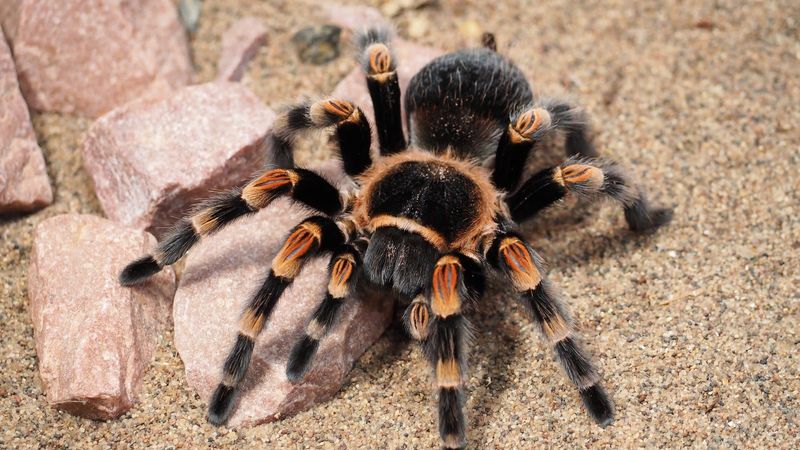
Not all tarantulas are suited for first-time owners. Selecting a beginner-friendly species is crucial for a successful pet experience.
Species like the Chilean Rose or Mexican Red Knee are known for their docile nature and manageable care requirements. Researching different species helps match their temperament with your preferences.
By choosing wisely, you’ll find a tarantula that fits your lifestyle, enhancing your enjoyment and understanding of these captivating arachnids.
Cleaning and Maintenance of Enclosures
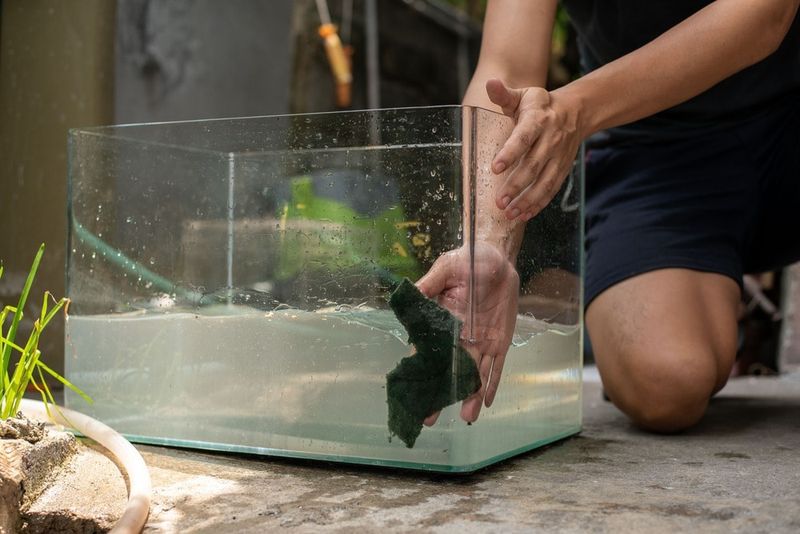
Regular cleaning of your tarantula’s enclosure is essential to prevent disease and maintain a healthy habitat. Remove uneaten food and waste promptly, using safe, non-toxic cleaning materials.
Schedule periodic deep cleanings, involving substrate replacement and thorough washing of the enclosure. Attention to detail ensures a hygienic environment that supports their well-being.
By maintaining cleanliness, you create a thriving space that reflects your care and commitment to your tarantula’s health and happiness.
Safety Precautions for Owners
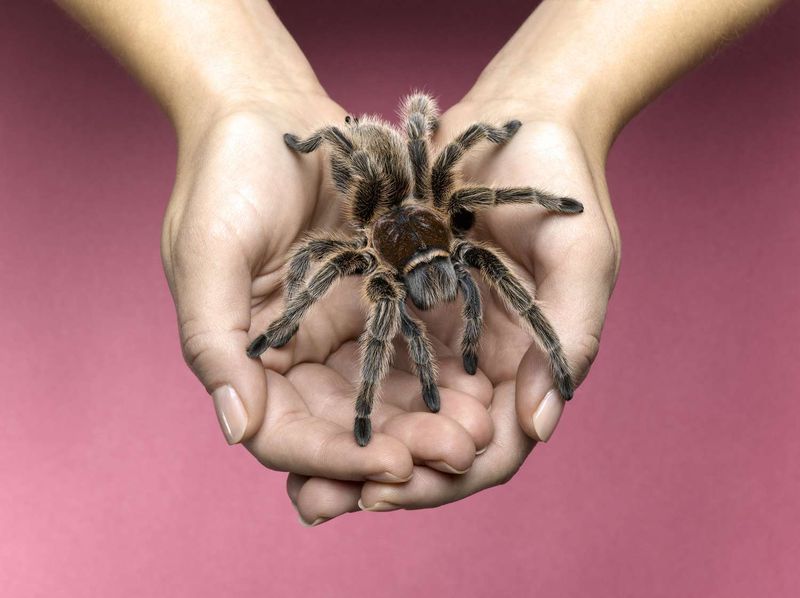
Safety is paramount when owning a tarantula. Understanding their needs and behaviors helps in preventing bites or stress-related issues.
Use protective gloves or tools for handling, if needed, and educate yourself on proper techniques. Sharing this knowledge with others ensures everyone enjoys these fascinating creatures safely.
Taking these precautions reflects responsible pet ownership, fostering a safe and enjoyable environment for both you and your tarantula.
The Joy of Observing Tarantulas
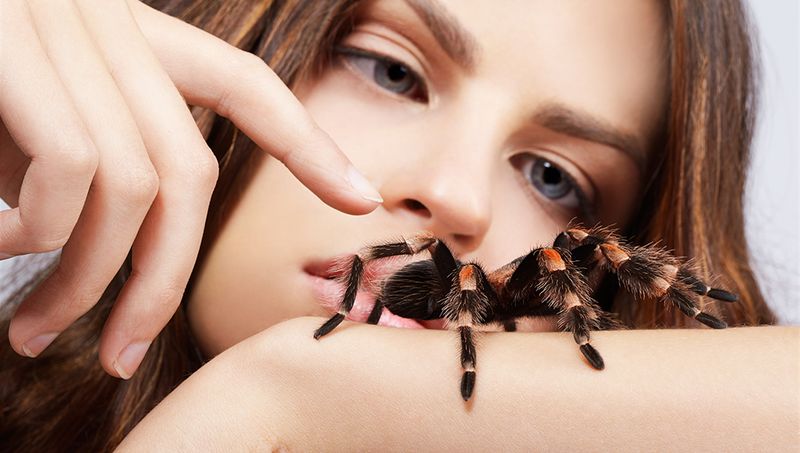
Observing tarantulas offers an enriching experience, revealing their unique behaviors and captivating presence. Whether you’re watching them hunt or simply bask in their environment, their allure is undeniable.
This quiet observation fosters appreciation and understanding, deepening your connection with these remarkable creatures.
Sharing such moments with family or friends enhances the joy of tarantula ownership, turning simple interactions into cherished memories. It’s a testament to the fascinating world of tarantulas, inviting curiosity and admiration.

